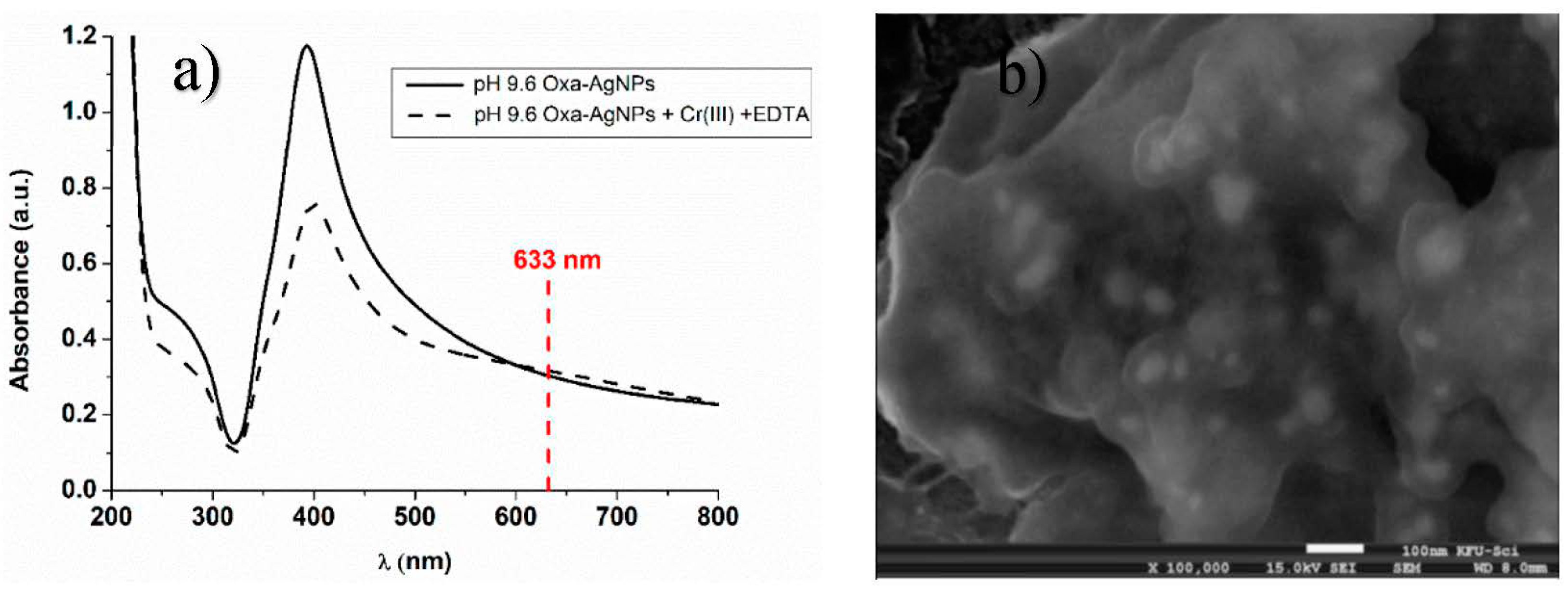
I guess this would be an early example of ambiguity resolution!) Because the demonstration was inside, the guys running the instrument estimated the meters by eye, and they pulled the demonstration off without a hitch. (I was told an amusing story about the Army demonstration: somehow, the instrument was damaged in shipping and when it was set up, it would measure decimeters, centimeters and millimeters just fine, but it wouldn't count the whole meters. By 1953, certain modifications resulted in Model 1, which was tested by several organizations including the Ordnance Survey in England and the U.S. In 1948, Bergstrand approached AGA, short for Svenska Aktiebolaget Gasaccumulator, for funding and technical assistance, and the rest is history. The prototype transmitted 10 million light pulses per second to a mirror as far as 30 kilometers away and calculated the time it took for the pulses to travel out and back. In 1947, Bergstrand's experiments culminated in a prototype that was used in the measurement of a 7,734-meter line to an accuracy of a few inches. Erik Bergstrand of the Geographical Society of Sweden realized that if he knew the speed of light, he could "turn it around" to determine distance and by 1941 had invented an electronic method that used light pulses of known frequency and variable intensity. All of the methods involved sending out a signal and receiving a return signal. Subsequent physicists further refined the approximation using mechanical devices and radio waves. More than three centuries ago, Oläus Roemer, who later became the Danish Royal Astronomer, observed the eclipses of Jupiter's moon and determined the first approximation of the speed of light.
#Spectra precision terramodel 9.60 software
Spectra Precision software ranges from sophisticated 3D modeling to GPS post-processing and data analysis.
#Spectra precision terramodel 9.60 full
The construction equipment includes a full line of laser alignment and machine control systems. The new Spectra Precision group provides not only total stations and GPS equipment made by Spectra Precision AB, but specialized software and construction equipment as well. Now the former Geotronics AB is known as Spectra Precision AB. In 1997, the acquisition and merger of several affiliated companies created a group known as Spectra Precision.


The company was originally known as AGA Geotronics, then as Geotronics AB. The Geodimeter product name was coined from the words GEOdeticDIstanceMETER. The company has undergone three name changes over the decades, but one word has been used continuously: Geodimeter. Last October, I visited the company widely regarded as the inventor of the first EDM used for geodetic purposes. How many times have crews had to return to the office because their EDM batteries went down? What were the chances of sending them back out with the tape or that trusty old theodolite? Now it's hard to imagine doing this work any other way. With modern EDMs, the user merely has to push a button to get a reliable distance.

It wasn't until around 1980 that I got my hands on what I considered to be my first "reliable" EDM, the Topcon DMC-3. Because such instruments had to be tuned, it was possible to get a wrong answer, but, used properly, they were a wonderful invention that made a quantum leap in reducing the time necessary to obtain distances. After the Army, my next experience was with a K&E AutoRanger and then the Hewlett-Packard 3800 series. My first exposure to an EDM was in the 1960s in the Army with a Tellurometer microwave instrument.

Surveyors today take electronic distance measurement for granted.


 0 kommentar(er)
0 kommentar(er)
